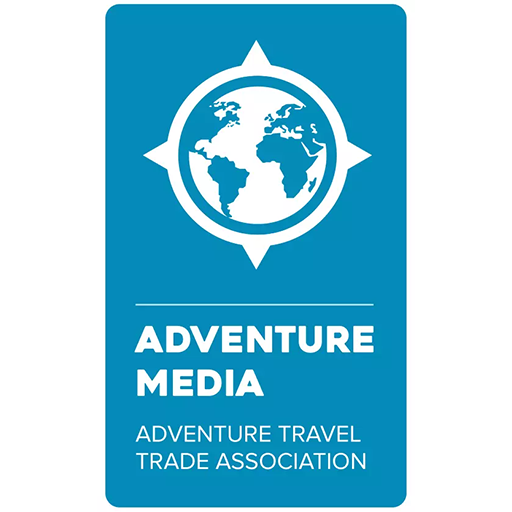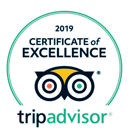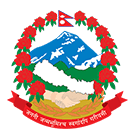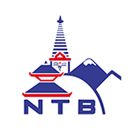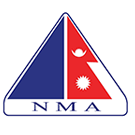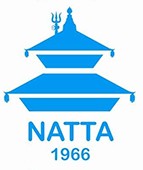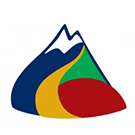Highlights of the Upper Mustang Trek include the ancient city of Lo Manthang, Tibetan culture, stunning cave monasteries, and dramatic landscapes. Upper Mustang is often referred to as a “Living Museum” due to its well-preserved Tibetan culture. Visit ancient monasteries like Thubchen Gompa and Jampa Gompa, explore cave dwellings, and witness the Tiji Festival. Learn more about Upper Mustang
Archives: FAQ
How can I get to the Upper Mustang?
What health issues or altitude-related concerns should I consider while trekking?
When trekking, it’s crucial to be aware of health concerns and altitude-related issues. Altitude sickness is a potential risk, so proper acclimatization is vital. Prepare for cold weather, stay hydrated, and follow necessary precautions. Nepal Sanctuary Treks includes sufficient rest days in its itineraries to aid acclimatization. Additionally, our trekking team monitors oxygen levels daily with an oximeter and tracks symptoms of altitude sickness using the Lake Louise system. Learn more about Altitude Sickness
What should I pack for Upper Mustang Trek
- Waterproof walking boots with suitable ankle support.
- Loose, casual waterproof trousers for trekking.
- Thermal coats or fleece.
- Warm socks.
- Fleece jacket or warm wool jumper.
- Windproof, waterproof outers for higher altitudes.
- Wool or fleece cap.
- Day sack to be carried personally.
- Warm gloves
- Two water bottles (Nalgene wide mouth bottles are the best).
- Personal water bottle.
- Camera, spare battery and battery charger.
- Toilet items and towels.
- Moisturizers
- Sunscreen
- Sunglasses
- Water purification tablets (Pristine, Biox Aqua or Aqua Mira)
- Favorite snack food.
- Books, iPod and cards etc.
- Camera with spare batteries and memory cards.
- Insurance certificate.
- Earplugs (optional), binoculars.
- Personal wipes, Biodegradable soap
- Dental floss
- Face Mask and Hand sanitizer
Gears
| · Day backpack: 25-35 L backpack (depending on one’s preferences).
· Small lock: Bring a small lock for your duffle bag. · Sack to organize and store your dirty laundry. · Trekking Poles · Sleeping bags: -10° C /14° F for a teahouse · Trekking Towels |
Personal first aid kit
Note: we provide a comprehensive group first aid kit but please bring personal medications and other items you might use regularly such as:
- Any personal medications.
- Malaria prophylactic tablets.
- Blister treatment (Compeed patches are the best).
- Rehydration powder e.g. Dioralyte.
- Analgesics (paracetamol, ibuprofen and aspirin).
- Plasters and zinc oxide tape.
- Throat lozenges.
- Diamox (helps with acclimatization)
When is the best time to trek in Upper Mustang?
The ideal trekking seasons for Upper Mustang are spring (March to May) and autumn (September to November) when the weather is stable and offers stunning views.
Temperature varies by season:
| Month | Day Temperature | Night Temperature |
| March-May | 14°C – 20 °C | -7 – -1 °C |
| June-August | 20°C – 30 °C | -2°C -0 °C |
| September-November | 12 °C – 20 °C | -7°C – -2 °C |
| December-February | 0 °C-5 °C | -20 –25 °C |
Do I need a permit to trek in Upper Mustang?
Yes, a special trekking permit and ACAP are required to enter Upper Mustang, and these permits can be obtained through Nepal Sanctuary Treks.
Where is Upper Mustang?
Upper Mustang is a restricted region in Nepal situated in the Trans-Himalayan area near the Tibetan border. It was once an independent kingdom with a rich cultural heritage. Learn more about Upper Mustang
What is the weather like at Makalu Base Camp?
: The weather can vary, but generally, it’s cold at higher elevations. Daytime temperatures might be mild, but nights can be freezing. Be prepared for sudden weather changes.
Here’s a table summarizing the temperature variations across different months:
| Month | Day Temperature (°C) | Night Temperature (°C) |
| January | 4 | -8 |
| February | 7 | -5 |
| March | 11 | 4 |
| April | 11 | 7 |
| May | 15-10 | 0 |
| August | 18 | 2 |
| September | 16 | 2 |
| October | 12 | 0 |
| November | 6 | -2 |
| December | 6 | -3 |
What is the best season to do Makalu Base Camp Trek?
The best time for the Makalu Base Camp trek are from March to May and from mid-September to November. These periods are ideal due to clear skies, absence of clouds, vibrant flora in full bloom, and an opportunity to fully revel in the breathtaking beauty of nature.
What is the accommodation like on the Makalu Base Camp Trek?
What are the usual food options at teahouses in the Makalu region, and what extra food should trekkers consider bringin
How is the mobile phone reception below 3,000m during the Makalu Base Camp Trek?
In regions below 3,000m, cell phone reception is limited. Internet connectivity and mobile network services are available only up to Tashigaun, with no or scarce network beyond that point. Solar power is the primary source of electricity in this area. In case of emergencies, the guides are equipped with satellite phones.
Do I need travel insurance to embark Makalu Base Camp Trek?
Travel insurance is not included in the trip cost. It’s essential to have comprehensive coverage for potential risks like medical emergencies, evacuation, and trip cancellations. In case of evacuation, contact your insurance company’s 24-hour hotline. Make sure your policy covers helicopter evacuation to a Kathmandu hospital. We strongly advise guests to get insured for a worry-free vacation.
Is there electricity in teahouse lodges on the Makalu Base Camp Trek?
Electric lighting in the rooms is generally unavailable unless the village has hydroelectric power. Solar lighting is commonly used in the dining areas. As a result, charging electronic devices can be challenging in many locations, though some remote areas may offer charging for an additional fee. It’s advisable to bring spare batteries, a power bank, and limit the use of electronic gadgets. For emergencies, our team carries a satellite phone.
What are the risks and challenges associated with the trek?
Altitude sickness, extreme weather conditions, and challenging terrain are the main risks, making it crucial to be aware of these challenges. Nepal Sanctuary Treks employs experienced and knowledgeable guides who have been with us for many years. We have established communication policies and safety measures, with itineraries designed to include ample acclimatization time. Our trekking crew uses an oximeter to monitor guests’ pulse rates daily and records important health data, including Lake Louise scores. Guides also get in touch with CIWEC International Clinic for expert medical advice when necessary.


